GB/T 27 Hexagon Head Close-Tolerance Bolts: Application Scenarios and Usage Methods
In various fields such as mechanical manufacturing, construction, and automotive industries, the selection of fasteners is of utmost importance. The GB/T 27 standard hexagon head close-tolerance bolts have become a preferred choice for numerous engineering projects due to their unique design and performance. This article will provide a detailed introduction to the application scenarios, usage methods, and precautions related to GB/T 27 hexagon head close-tolerance bolts.
I. Definition and Features of GB/T 27 Hexagon Head Close-Tolerance Bolts
The GB/T 27 standard defines hexagon head close-tolerance bolts as high-strength, high-precision fasteners designed for applications requiring precise connections and high load-bearing capabilities. Their key features include:
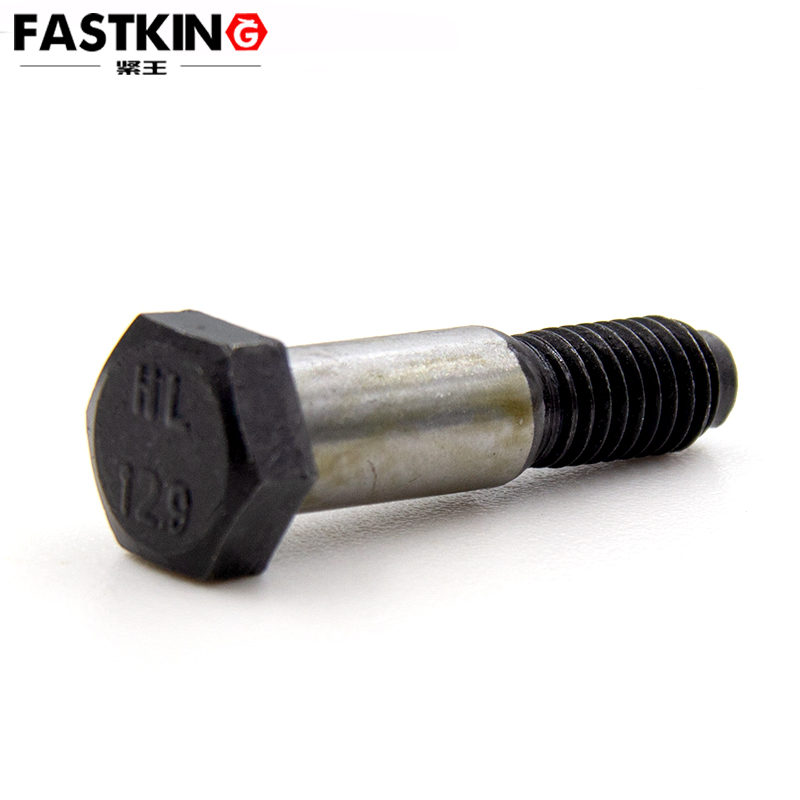
High Strength and Precision: Manufactured from high-quality steel and treated with heat processes, these bolts offer high strength and excellent fatigue resistance.
Hexagon Head Design: The hexagon head facilitates tightening and loosening with wrenches or other tools. Its dimensions conform to international standards, ensuring wide compatibility.
Close-Tolerance Hole Fit: The bolt threads are precision-machined to fit closely with close-tolerance holes, enabling them to withstand significant lateral loads.
Wide Range of Sizes: Available in various thread sizes from M6 to M48, these bolts cater to a broad range of application requirements.
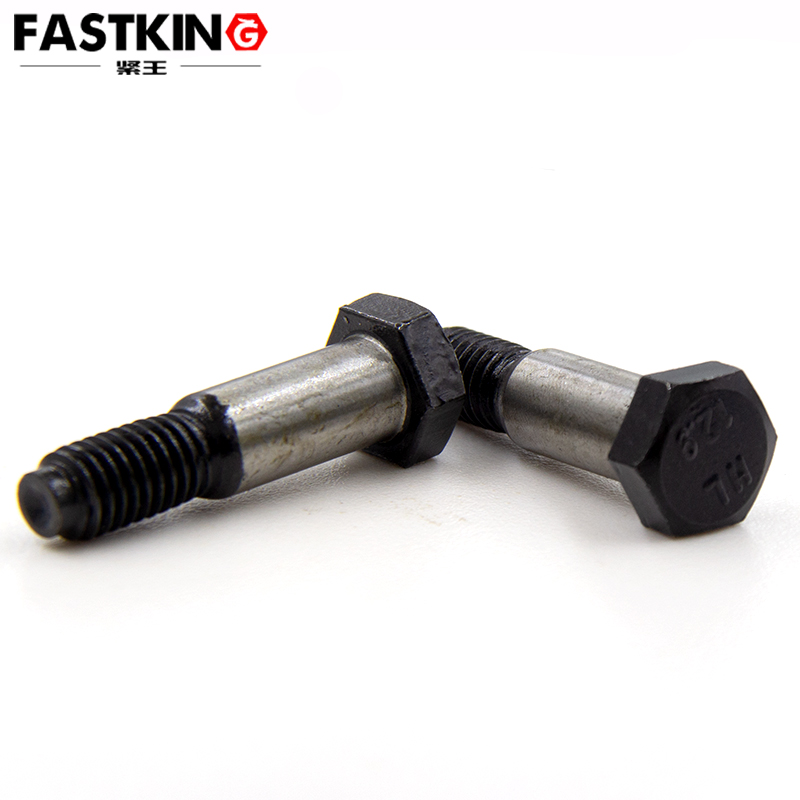
II. Application Scenarios
Mechanical Manufacturing
In the field of mechanical manufacturing, GB/T 27 hexagon head close-tolerance bolts are widely used in the assembly of machine tools, engines, reducers, and other equipment. For example, in the connection between the bed and the column of a machine tool, these bolts ensure precise alignment and stable connections. Their high strength and fatigue resistance also make them reliable in environments with frequent vibrations.
Automotive Industry
The automotive industry demands high precision and reliability in component connections. GB/T 27 bolts are commonly used in the assembly of vehicle chassis, suspension systems, and engine components. For instance, in the connection between suspension arms and body brackets, the close-tolerance design of these bolts effectively distributes stress and prevents loosening. In engine applications, such as connecting the cylinder head to the engine block, their high precision and strength ensure proper sealing, preventing coolant and oil leaks.
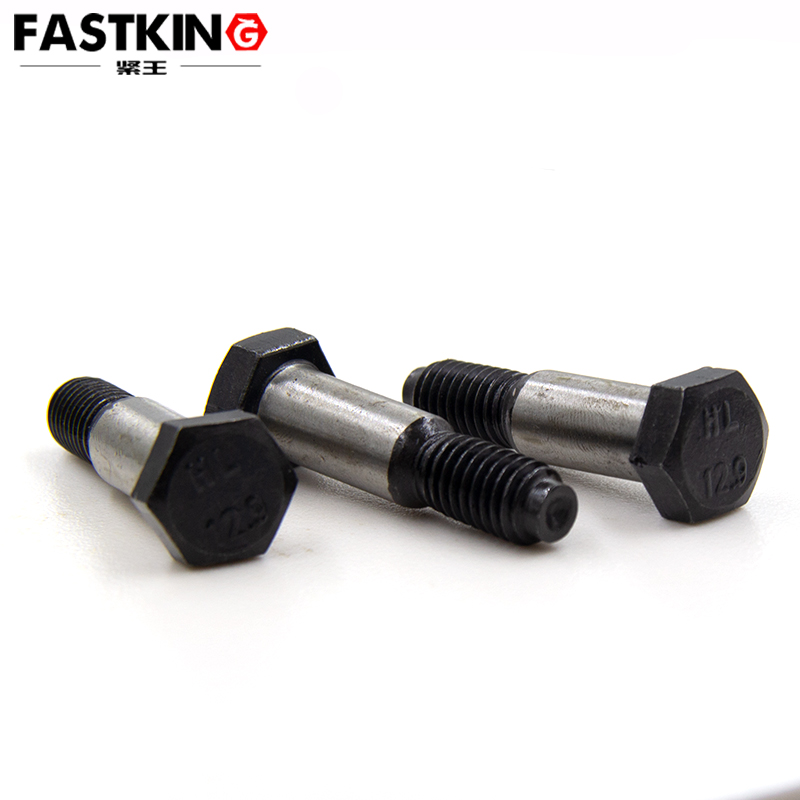
Construction and Steel Structure Engineering
In construction and steel structure projects, GB/T 27 bolts are used for connecting steel frame structures, installing curtain walls, and fixing large equipment foundations. For example, in the connection between steel beams and columns, the high strength and precision of these bolts ensure structural stability. In curtain wall installations, the hexagon head design facilitates easy operation and ensures the flatness and verticality of the curtain wall frames.
III. Usage Methods
Tool Selection
Choose the appropriate tools based on the bolt size. For smaller bolts, a standard wrench can be used. For larger bolts or applications requiring precise torque control, a torque wrench is recommended.
Assembly Steps
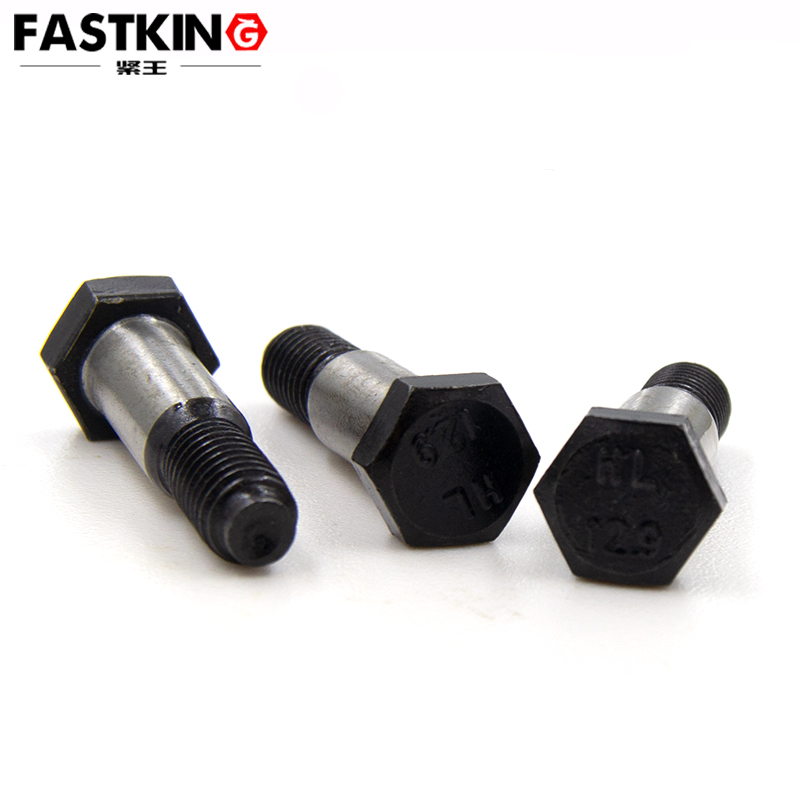
Cleaning and Inspection: Before assembly, clean the threads of the bolt and the connected parts to remove oil, rust, and debris. Inspect the bolt for any damage or deformation.
Pre-assembly: Insert the bolt into the close-tolerance hole of the connected part, ensuring a snug fit. If necessary, apply a small amount of lubricant to the bolt to reduce friction.
Tightening the Bolt: Use a wrench or torque wrench to tighten the bolt according to the specified torque value. For multiple-bolt connections, it is advisable to use a symmetrical or crisscross tightening sequence.
Inspection and Confirmation: After tightening, check whether the bolt is properly secured and whether there is any looseness between the connected parts. If needed, mark the bolt head and connected parts for future inspection.
Precautions
Torque Control: Strictly follow the design requirements for torque to avoid connection failure due to excessive or insufficient tightening.
Anti-loosening Measures: In environments with significant vibrations, it is recommended to use spring washers or double nuts to prevent loosening.
Material Matching: Select the bolt material based on the material of the connected parts to prevent galvanic corrosion.
IV. Conclusion
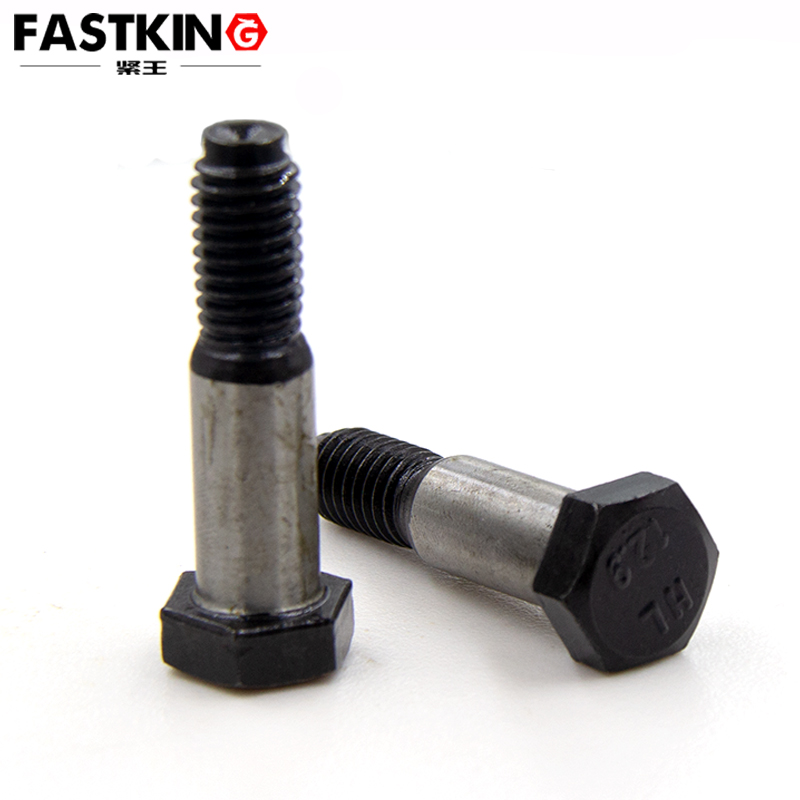
The GB/T 27 hexagon head close-tolerance bolts, with their high strength, precision, and fatigue resistance, have found extensive applications in mechanical manufacturing, automotive industry, construction, and steel structure engineering. Proper selection and use of these bolts can significantly improve assembly efficiency and ensure the stability and reliability of connected structures. As industrial technology continues to evolve, the application scope of GB/T 27 bolts is expected to expand further.
